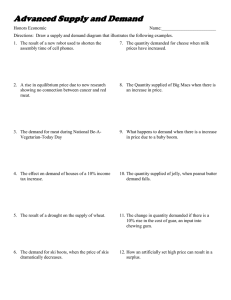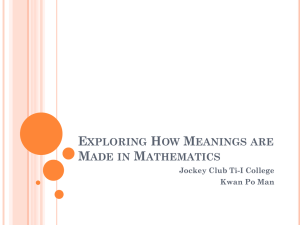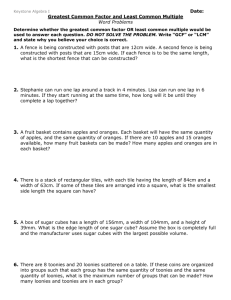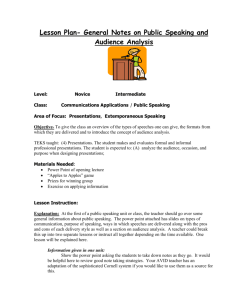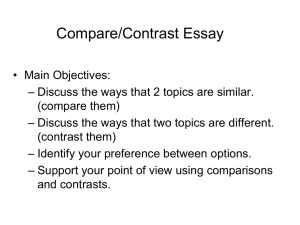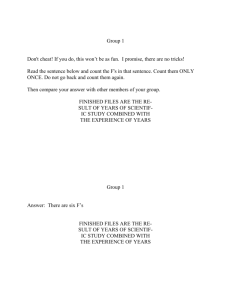A Short Guide to Compare and Contrast Essays
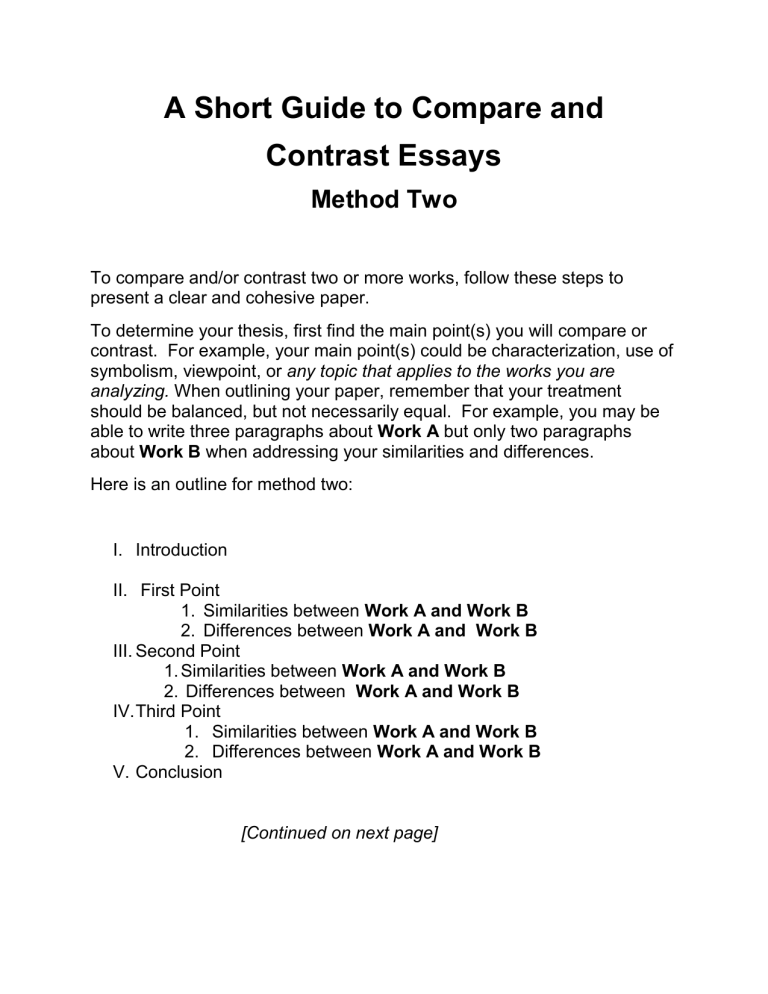
A Short Guide to Compare and
Contrast Essays
Method Two
To compare and/or contrast two or more works, follow these steps to present a clear and cohesive paper.
To determine your thesis, first find the main point(s) you will compare or contrast. For example, your main point(s) could be characterization, use of symbolism, viewpoint, or any topic that applies to the works you are analyzing. When outlining your paper, remember that your treatment should be balanced, but not necessarily equal. For example, you may be able to write three paragraphs about Work A but only two paragraphs about Work B when addressing your similarities and differences.
Here is an outline for method two:
I. Introduction
II. First Point
1. Similarities between Work A and Work B
2. Differences between Work A and Work B
III. Second Point
1. Similarities between Work A and Work B
2. Differences between Work A and Work B
IV. Third Point
1. Similarities between Work A and Work B
2. Differences between Work A and Work B
V. Conclusion
[Continued on next page]
For example, we can see how the above outline works by comparing something as simple as apples and oranges.
I. Your hypothetical thesis contained in your introduction may be:
Although apples and oranges are tasty and nutritious fruits, apples are a superior lunch bag snack because they are available in more varieties, less messy and do not have to be peeled.
If you continue to follow the above outline, you would write:
II. Tasty fruit
1. Apples and oranges come in many varieties that appeal to different palates.
2. Oranges are more acidic than apples. Apples typically come in more varieties from very sweet to sour.
III. Nutritious fruit
1. Apples and oranges are low in fat, contain potassium, vitamins C and B6 and fiber
2. We must consume all of the orange including the juice to get all of its nutritional value. Often when eating an orange at lunch the juice gets wasted.
IV. Eating methods
1. Apples and oranges can be eaten raw and can be eaten without refrigeration.
2. Apples don’t have to be peeled and can be eaten with minimum mess. Oranges, on the other hand, have a bitter, tough, chewy peel that most people do not eat, can be messy and cannot be eaten without napkins.
V. Apples and oranges both provide a wide range of satisfying tastes and are considered key foods in the nutritional guidelines.
However, because of our busy lifestyles, apples surely must be considered the fruit of choice. They can be eaten in almost any situation and can be consumed with minimal mess.


